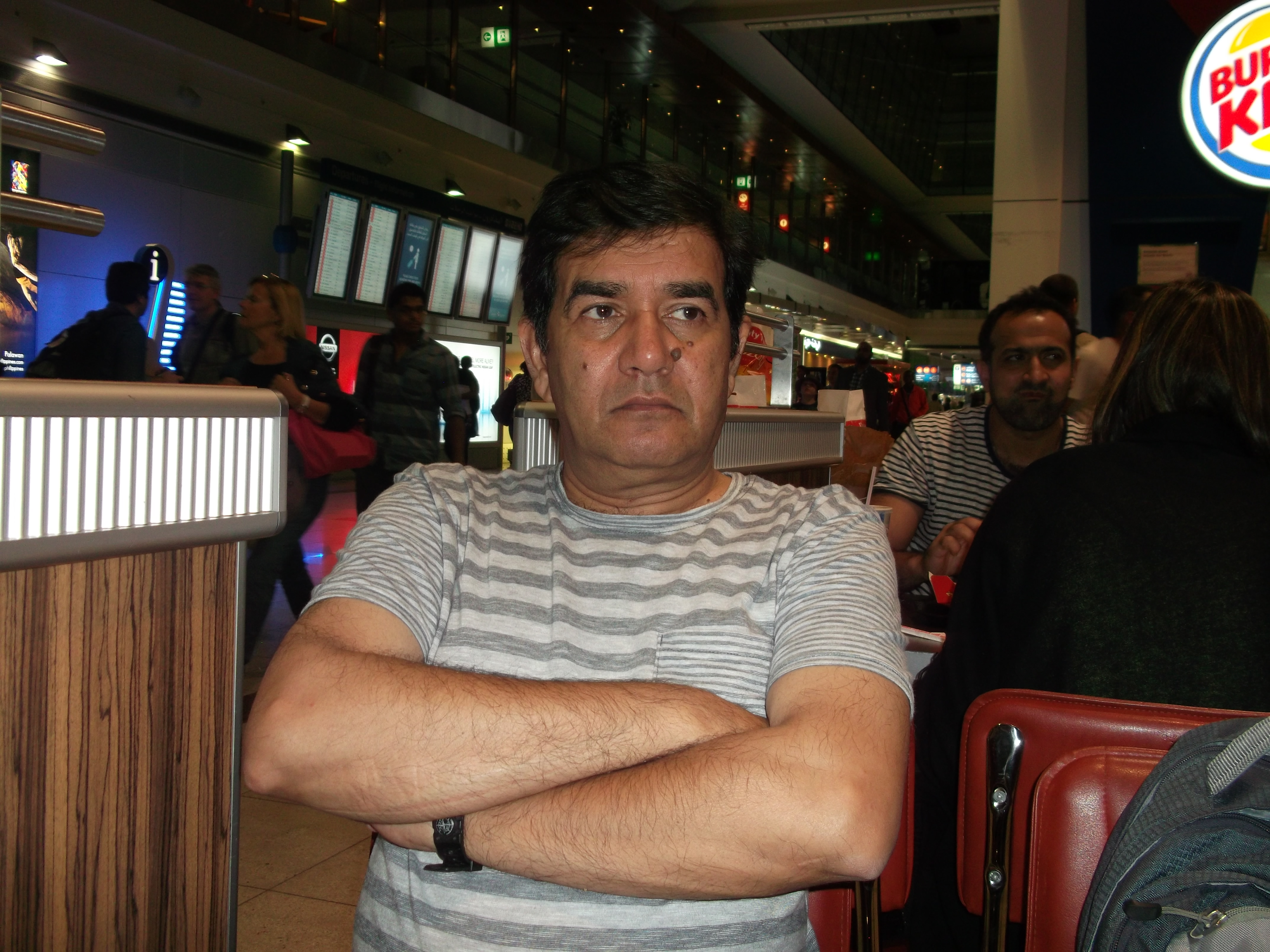Breon Austin’s death hit home. At 16 , he was close in age to two of my grandchildren. A young person’s death always hits hard.
To learn, however, that he lost his life after multiple bullets were fired into his body by a masked assailant in the hallway of Breon’s own home is enraging. The shooter brazenly opened fire in front of Breon’s stepfather, who had just gotten home from work, according to The Post.
Police are searching for a man wearing a black mask and black jacket in a vehicle, captured by a surveillance camera near the crime scene, “described as a gray, four-door sedan with a sun roof and stickers on the driver’s side,” The Post reported.
There’s more to be learned about the circumstances surrounding Breon’s death, but this much is certain: He was the District’s 52nd murder victim this year (as of Friday morning), a 30 percent increase over the same time in 2018. The tide of homicides in our nation’s capital keeps rising.
The vast majority of D.C. homicides, as in Breon’s case, are linked to guns. But guns don’t fire themselves. Without someone to pull the trigger, a gun is just another hunk of metal. The city is rightfully troubled by the number of guns on the streets. It also has to do something about the number of people willing and able to use them.
To be sure, there’s tangible evidence of guns aplenty on our streets. The D.C. police annually recover more than 1,500 firearms in the city.
The gun recovery campaign is continuing. From April 1 to April 22, D.C. police recovered 190 illegal firearms. We’re talking about handguns, rifles and a 12-gauge shotgun.
Get this: Over those 22 days, police arrested 11 youths in gun possession cases. Seven were 17 years old; one was 16; two were 15; and one, age 14.
An anomaly? Every good wish.
From January to March, 41 juveniles were arrested for carrying a pistol without a license, possession of an unregistered firearm or possession of unregistered ammunition.
Homicides are taking a toll on young people, too. Sixteen youths ages 1 to 19 fell victim to homicide in 2016; 12 in 2017; 21 in 2018; and four thus far this year. Those unpleasant truths are little known and little discussed.
But weeping mothers, grieving families and neighbors gathered in the cemetery know all about it. Cops and the courts know all about it. Children hearing about young bodies falling know it, too.
Sadly, the concern of people burdened by gun violence stands in sharp relief to the laser-like focus of city leaders hell-bent on greening this city’s infrastructure, making DC Circulator bus rides a freebie and expanding the line east of the river (at a $16 million cost to taxpayers), and pouring $122 million in a new K Street Transitway to make life easier, says D.C. Mayor Muriel E. Bowser (D), “for all who travel around downtown D.C.”
D.C. Attorney General Karl A. Racine (D), the District’s chief prosecutor, is one local leader who gets it. He’s also bent on finding ways to prevent juvenile involvement in crime.
Racine’s approach to violence, as he told the D.C. Council in budget hearings this week, is to view violence as a disease, and treat it “like the true epidemic that it is.”
You won’t hear many city leaders refer to D.C. violence in such life-and-death terms. Racine, however, won’t back down or give in. “The reduction of gun violence and public safety must be our number-one priority,” he told the council. “Failure to take aggressive steps to prevent violence,” Racine said, “will result in more trauma that will beget more violence. Our children deserve better.”
Racine, a major proponent of a successful diversion program that redirects first-time juvenile offenders to constructive rehabilitative programs, was pitching city lawmakers for money to expand his “Cure the Streets” program, which takes a public-health approach to violence. Cure the Streets may sound touchy-feely, but it’s not.
Cure the Streets rigorously trains participants to intervene in potentially violent conflicts, targeting communities with high rates of shootings and homicides. The program seeks out those most likely to cause conflicts, directly engaging both them and the local community, he said in 2017, “in changing norms around violence.”
In two D.C. sites where Cure the Streets staff have been deployed, Racine said, “people feel safer, tension has dissipated, and we believe that Cure the Streets has made a significant impact.”
The program hasn’t reached the neighborhood where Breon Austin was killed. What if it had? Even more to the point, were it not for the masked gunman, who might Breon have become?
A question that may be asked about other D.C. youth endangered by this deadly epidemic.

